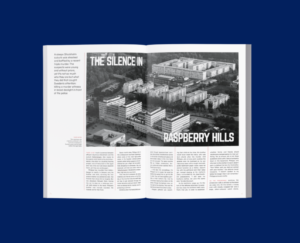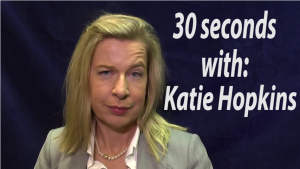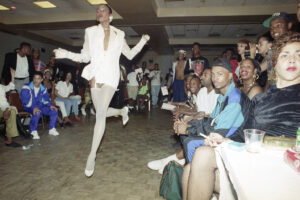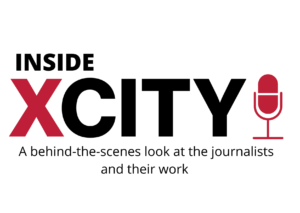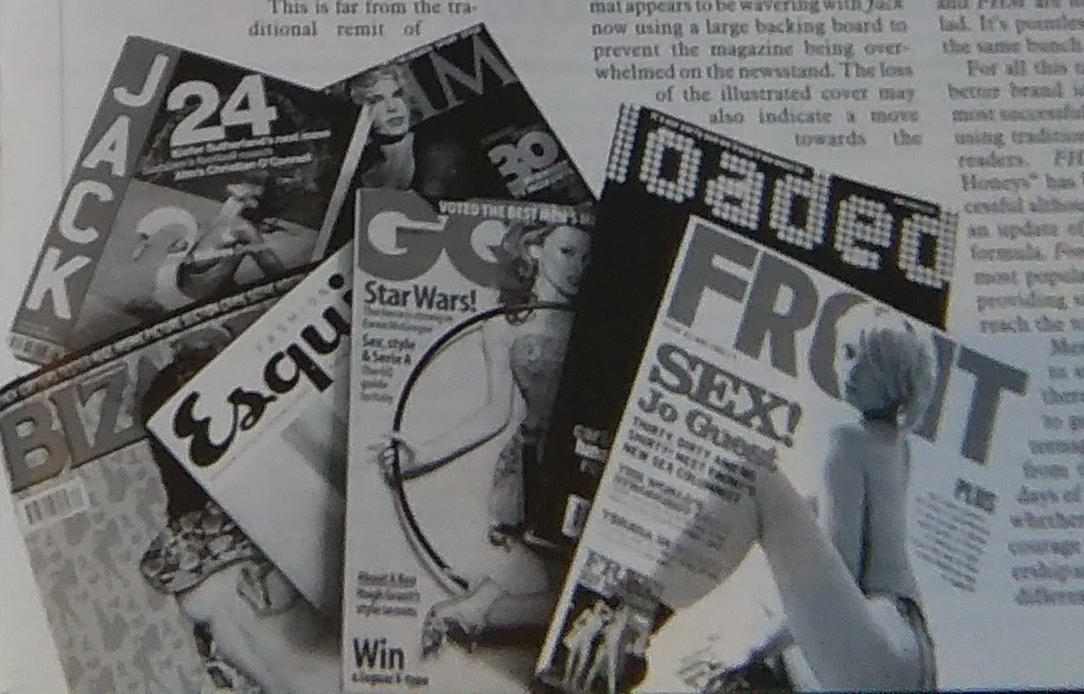
Bauer Media announced in November it would be suspending the publication of FHM and Zoo magazines, and Playboy revealed its first non-nude cover at the beginning of February.
It’s almost as if Andy Morris, former online editor at GQ and now acting deputy editor at BA High Life, predicted the future of lads mags…
Boom or bust? (From XCity 2003)
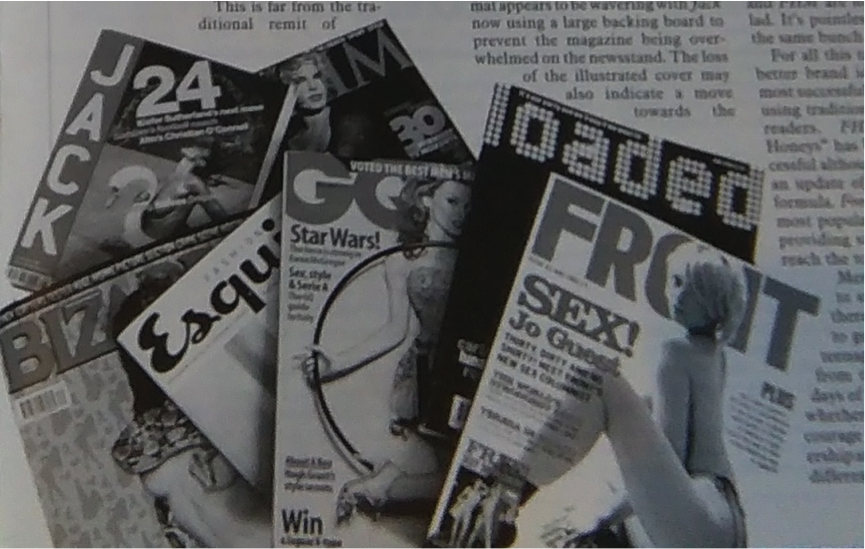
Men’s magazines are having a midlife crisis. Having boomed in the mid-nineties, they are now unsure whether to appeal to teenagers or the ageing new lad they originally targeted. Some argue that the older male market may not be worth chasing as male lifestyles grow increasingly diverse with age – FHM’s decision to run a feature on loft conversions proved a costly error.
Ashley Heath (Periodical, 1991) editorial director of Arena Homme Plus, describes the older men’s market as a “false holy grail”. He believes publishers would be better offering another teen title or “a men’s weekly, a male Heat”. However a more mature title “will be needed in the future as the men’s-magazine-reading demographic gets older”.
Certain magazines have already prospered through targeting an older audience. Arena has managed to achieve an impressive growth of 38.8 per cent in the last year by offering a mature alternative to fellow Emap title FHM. Esquire also achieved a growth of nearly 10 per cent. New editor Simon Tiffin believes the magazine should now provide “a sharper read with thoughtful features by named writers on subjects from politics to world issues”.
This is far from the traditional remit of men’s magazines. The boom of lad mag titles between 1966 and 1999 is a distant memory. Created as a response to political correctness lad mags celebrated, in the worlds of Rosie Boycott, the feeling that “girls are fun, sex is great and everyone is having a good time”.
But now, as British GQ editor Dylan Jones, told The Guardian: “Readers are sick to death of magazines with barmaids on the cover and severed limbs inside.”
Art Cooper, outgoing editor of American GQ, agrees: “I never thought I’d live to see the day when an editor is criticised for trying to do good work, trying to promote elegant writing and sound journalism.” Cooper believes the dominance of “babes and boobs and bad jokes” is mistaken. “There is room in this culture for a very classy, sophisticated magazine for men that want to live that kind of life.”
Two British magazines have been launched that hope to attract that sophisticated, older audience. James Brown’s Jack secured the 2002 Launch of the Year from the British Society of Magazine Editors. With sales figures at 45,000 copies a month, it appears that Brown has succeeded, although he is reluctant to admit he’s targeting the older market. Confidence in the smaller B5 format appears to be wavering with Jack now using a large backing board to prevent the magazine being overwhelmed in the newsstand. The loss of the illustrated cover may also indicate a move towards the mainstream.
The other new men’s title is Word, launched in February and targeting men aged 30-55. The cover’s catchline of “Something to READ” seems to offer a direct appeal to those tired of other men’s media. Stylistically it appears to be modelled on both The New Yorker and Rolling Stone but whether it will have the longevity of either is far from certain.
Two million copies of men’s magazines are still sold each month. Although FHM hasn’t yet matched its 1999 sales of 775,000, its UK edition still outsells the number one women’s glossy Glamour by over 82,000. Tim Brooks, head of IPC Ignite, has said: “IPC over-serves women and under-serves men. This will be the decade when the men’s magazine sector matures and we must lead the change.”
Tom Loxley (Periodical, 1987) editor of Maxim, believes that differentiation is key. “We’re after the reader aged 28-29 but to sustain circulation levels you have to slug it out for the teenagers who lap up the sexier end of the market but drift in and out.
“My theory is that no one bought men’s magazines before 1995. They are still in their infancy as a mass market, compared to the women’s titles that have been going for the past 30 or 40 years. What will happen next is the differentiation of the market – GQ is one sort of man, Men’s Health is for another, while Loaded and FHM are for different sorts of lad. It’s pointless everyone chasing the same bunch of 17-year-olds.”
For all this talk of establishing a better brand identity, some of the most successful men’s magazines are using traditional methods to entice readers. FHM’s “High Street Honeys” has been fantastically successful although it is little more than an update of the “Readers’ Wives” formula. Front has become the fifth most popular men’s title by simply providing smut for those unable to reach the top shelf.
Men’s magazines must adapt to survive. Never before has there been so much competition to get the pocket money from teenagers and the pocket change from their fathers. The flippant days of the new lad are long gone – whether any publication now has the courage to buck the trend, risk readership and genuinely offer something different remains to be seen.




